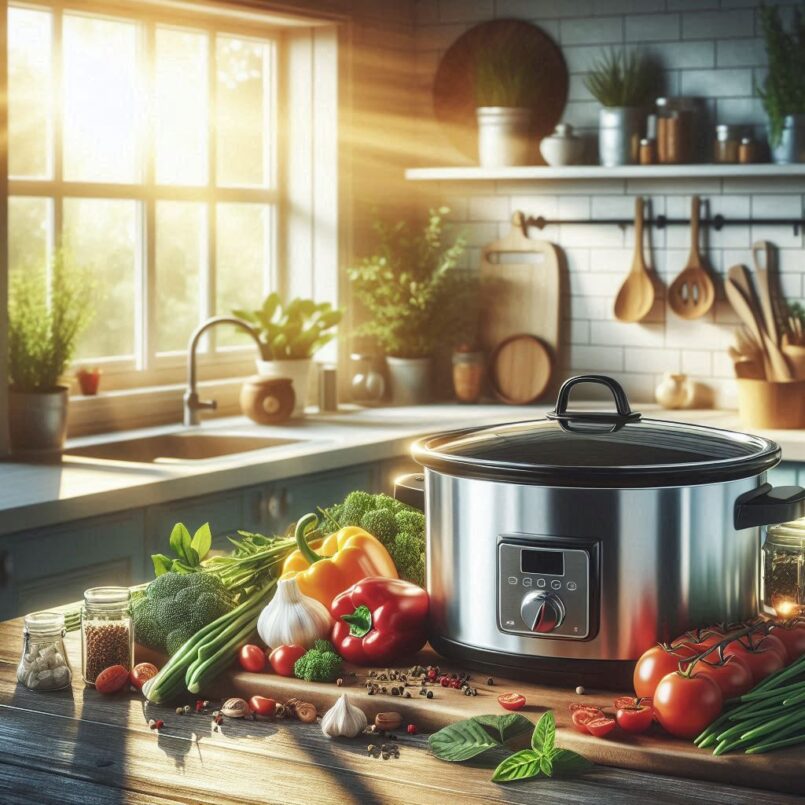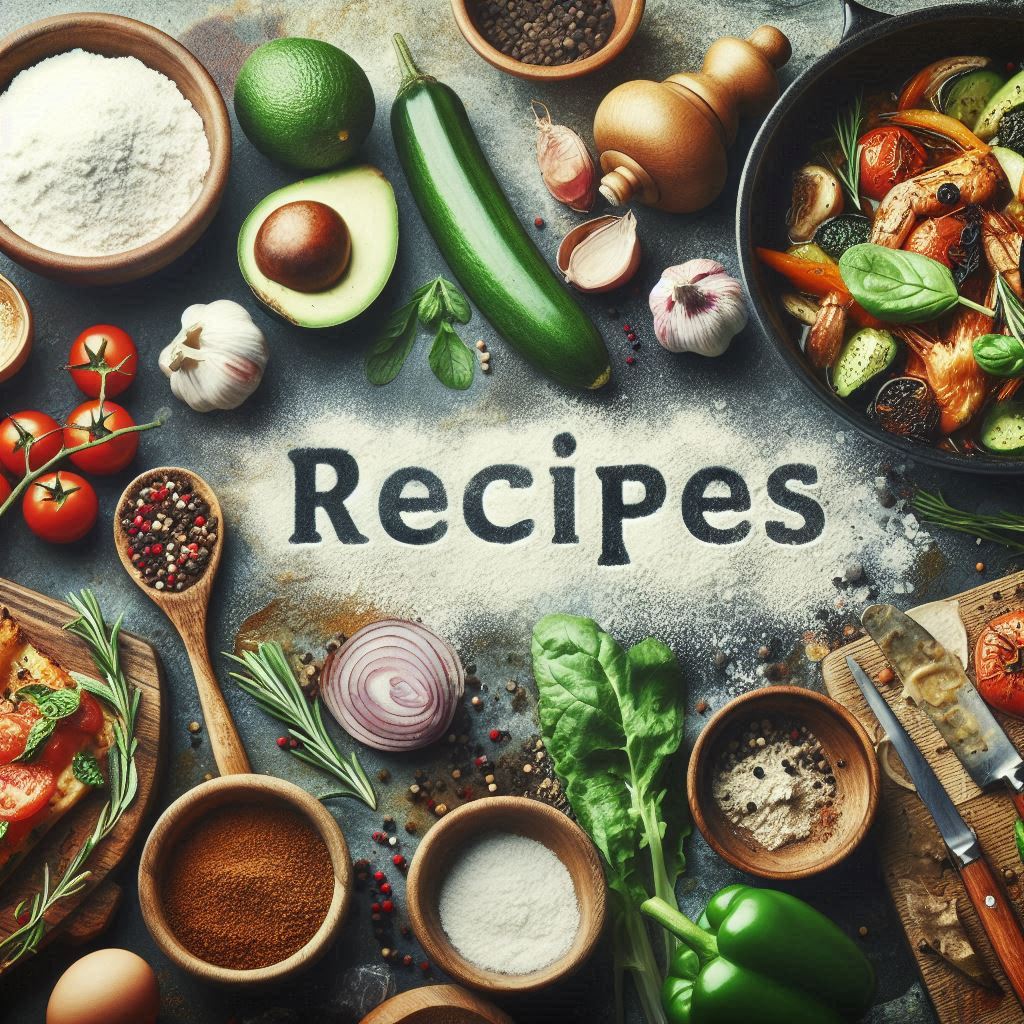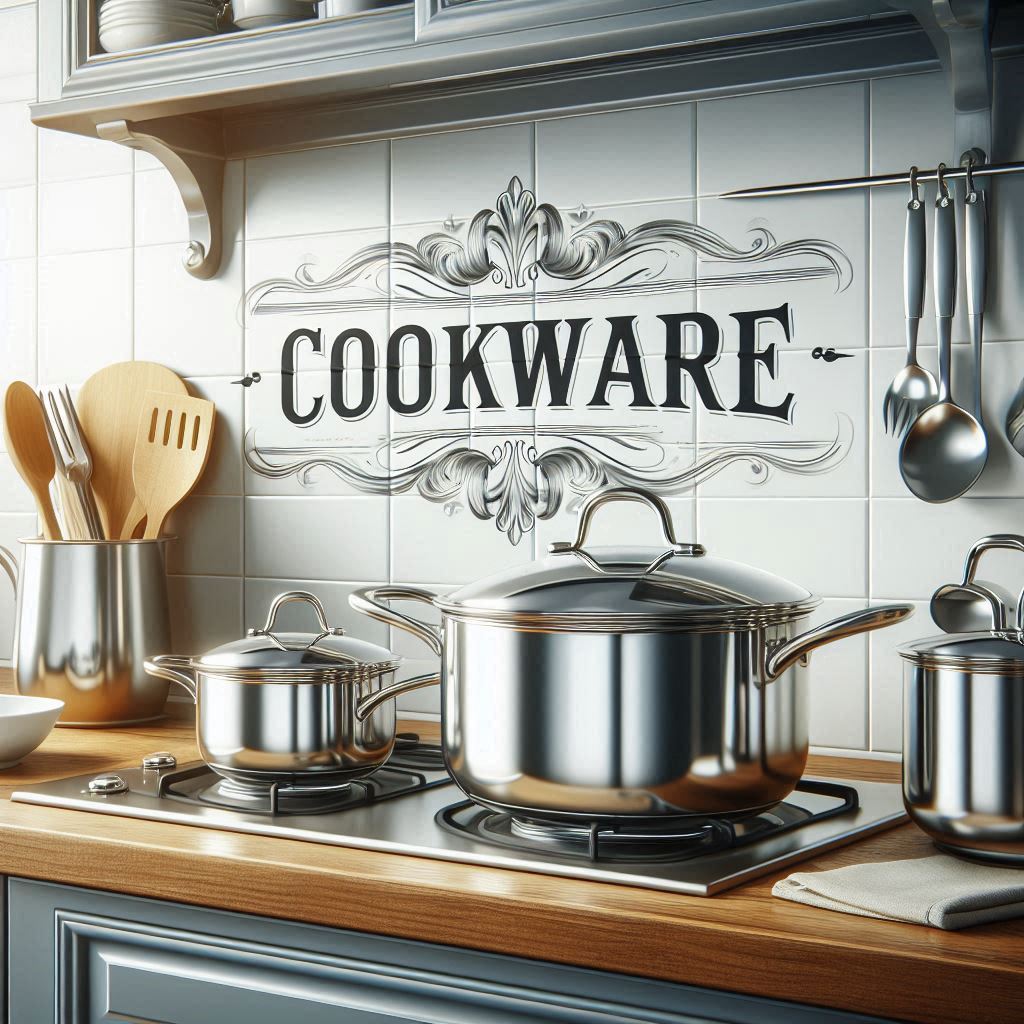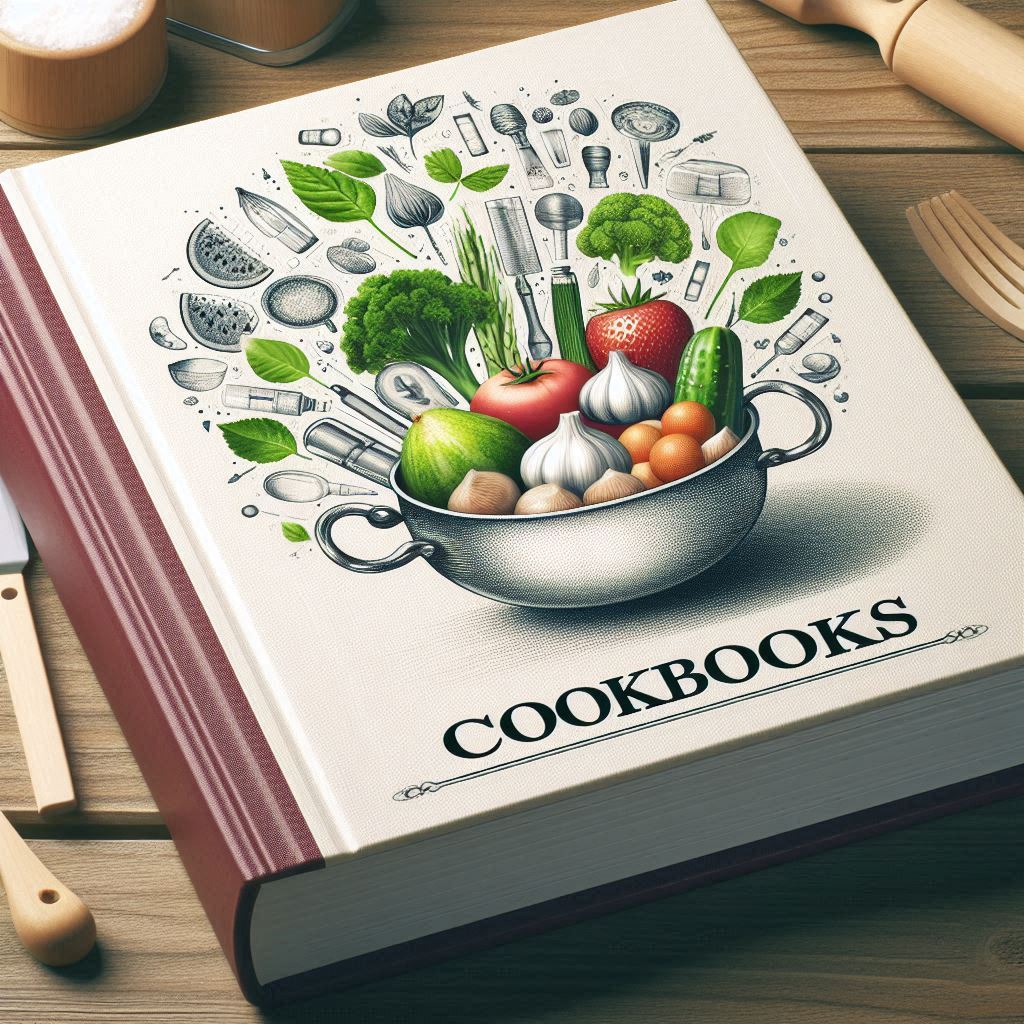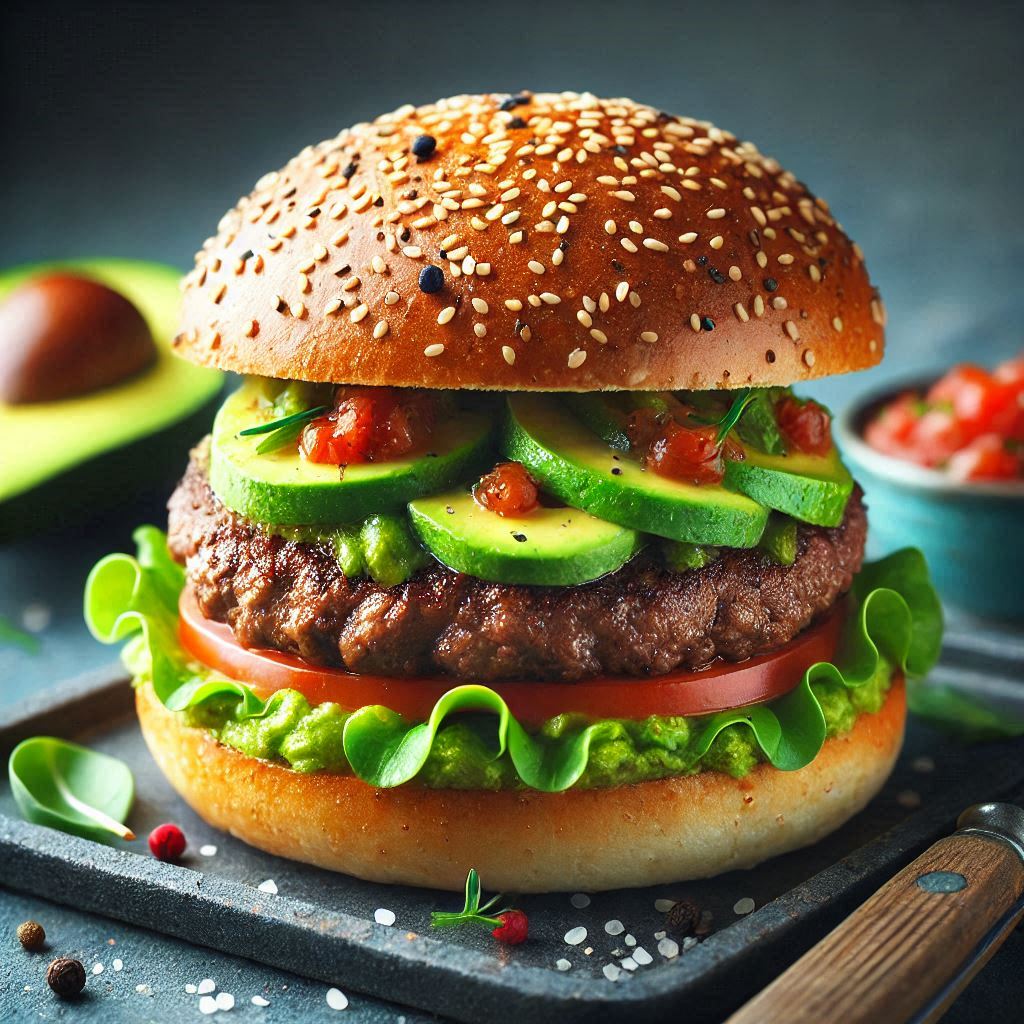In the world of cooking, few tools are as transformative as the humble crockpot. Often overlooked in favor of flashier kitchen gadgets, this slow-cooking powerhouse has a unique ability to turn the toughest, most budget-friendly cuts of meat into tender, flavorful masterpieces. For home cooks looking to stretch their grocery dollars without sacrificing taste, the crockpot is a game-changer. Here’s how it works its magic and why it’s the ultimate ally for affordable, delicious meals.
The Challenge of Tough Cuts
Affordable cuts like beef chuck, pork shoulder, brisket, or lamb shanks often get a bad rap. They’re sinewy, fatty, and packed with connective tissue—qualities that make them less appealing for quick cooking methods like grilling or pan-searing. These cuts come from the hard-working parts of the animal, which means they’re tougher but also bursting with potential flavor. The catch? Unlocking that flavor requires time and patience—two things the crockpot has in spades.
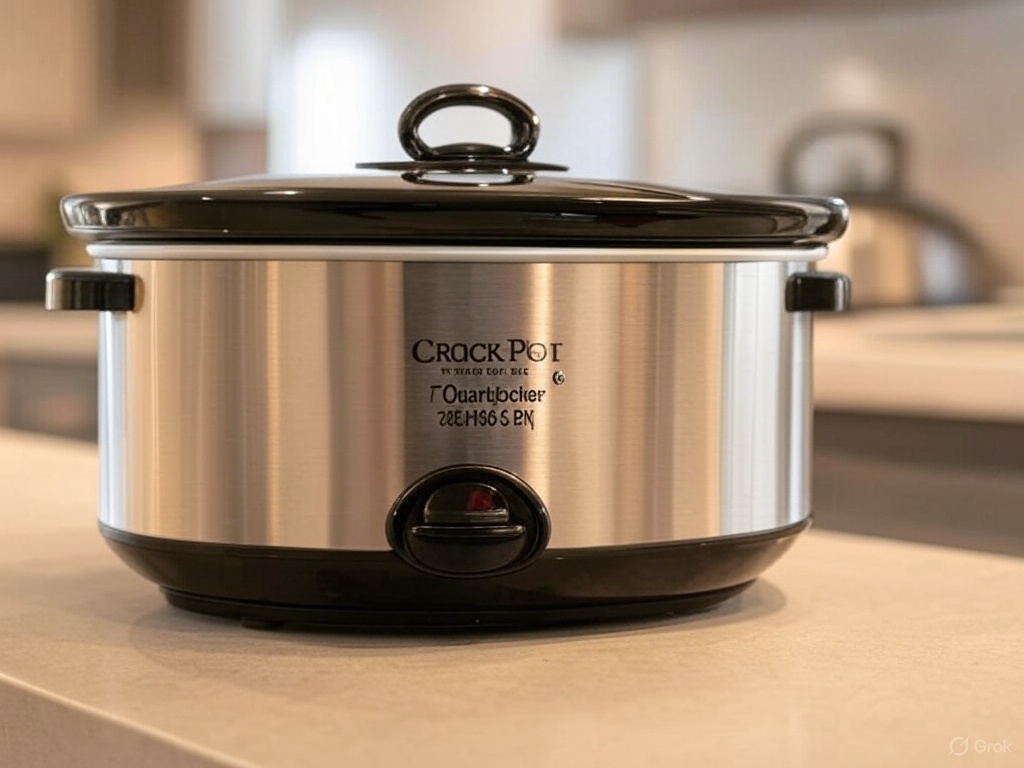
The Slow-Cooking Secret
The crockpot’s superpower lies in its low-and-slow cooking process. Operating at a gentle heat—typically between 190°F and 210°F—it gradually breaks down collagen, the tough protein in connective tissue, into gelatin. This transformation doesn’t just soften the meat; it infuses it with a rich, melt-in-your-mouth texture that rivals anything from a high-end restaurant. Hours of simmering allow the meat to soak up seasonings, broths, or sauces, resulting in deep, complex flavors that quick-cooking methods simply can’t replicate.
Take a chuck roast, for example. On its own, it’s a dense, chewy cut that might intimidate even seasoned cooks. But after eight hours in a crockpot with some onions, garlic, and a splash of beef broth, it emerges as a fork-tender delight, perfect for shredding into tacos or serving atop mashed potatoes. The same goes for pork shoulder, which can morph into succulent pulled pork with minimal effort.

Budget-Friendly Brilliance
One of the biggest perks of using a crockpot for these cuts is the cost savings. Tougher meats are often significantly cheaper than premium options like filet mignon or ribeye—sometimes half the price per pound. For families or anyone on a tight budget, this means more meals for less money. A $10 pork shoulder can feed a crowd when slow-cooked into a hearty stew or barbecue feast, while a $20 investment in a beef brisket can yield days’ worth of sandwiches, soups, or chili.
The crockpot also reduces waste. Those fatty bits and bones that might get trimmed away in other recipes? Toss them in—they’ll dissolve into the dish, adding richness and depth. Plus, the slow cooker’s versatility means you can stretch your ingredients further by pairing them with affordable staples like beans, potatoes, or root vegetables.
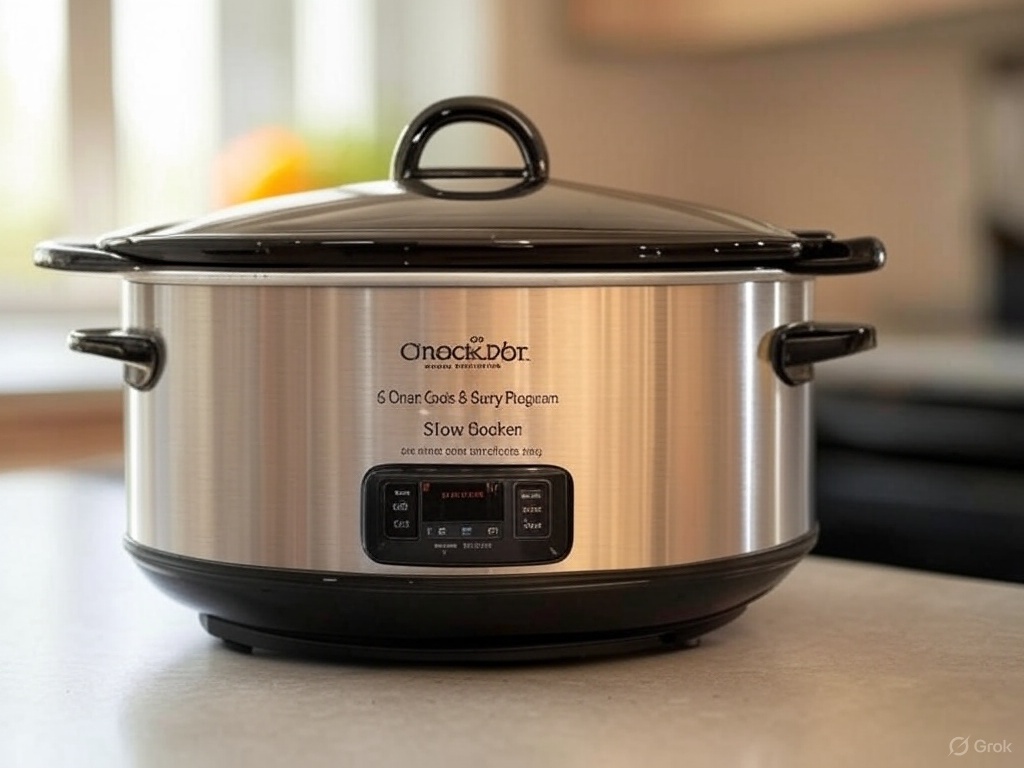
Effortless Excellence
Beyond economics, the crockpot offers a hands-off approach that’s hard to beat. Unlike braising in the oven or babysitting a stovetop pot, the crockpot requires little more than a quick prep session. Chop some veggies, season the meat, add a liquid, and let it go. You don’t need culinary expertise—just a willingness to wait. By the time you’re home from work or winding down your day, dinner is ready, filling the house with an irresistible aroma.
This ease also makes it forgiving. Overcook a steak on the grill, and it’s ruined. But in a crockpot, an extra hour or two often makes tough cuts even better, as the prolonged heat continues to tenderize and meld flavors.
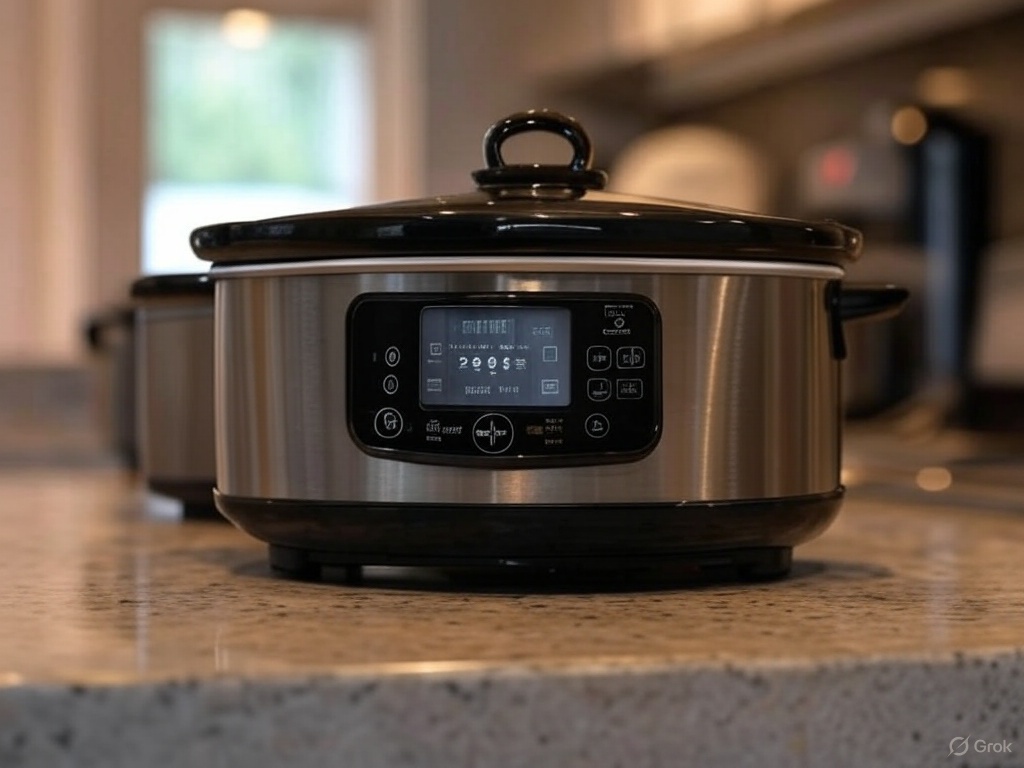
Tips for Crockpot Success
- To maximize the transformation from tough to terrific, keep a few tricks in mind:
- Sear First (Optional): Browning the meat in a skillet before slow cooking adds a caramelized layer of flavor, though it’s not essential.
- Layer Wisely: Place root veggies at the bottom, where they’ll soak up juices, and meat on top to cook evenly.
- Don’t Skimp on Seasoning: Tough cuts love bold spices—think paprika, cumin, or rosemary—to enhance their natural richness.
- Add Liquid Sparingly: A cup or two of broth, wine, or water is usually enough; the meat will release its own juices as it cooks.
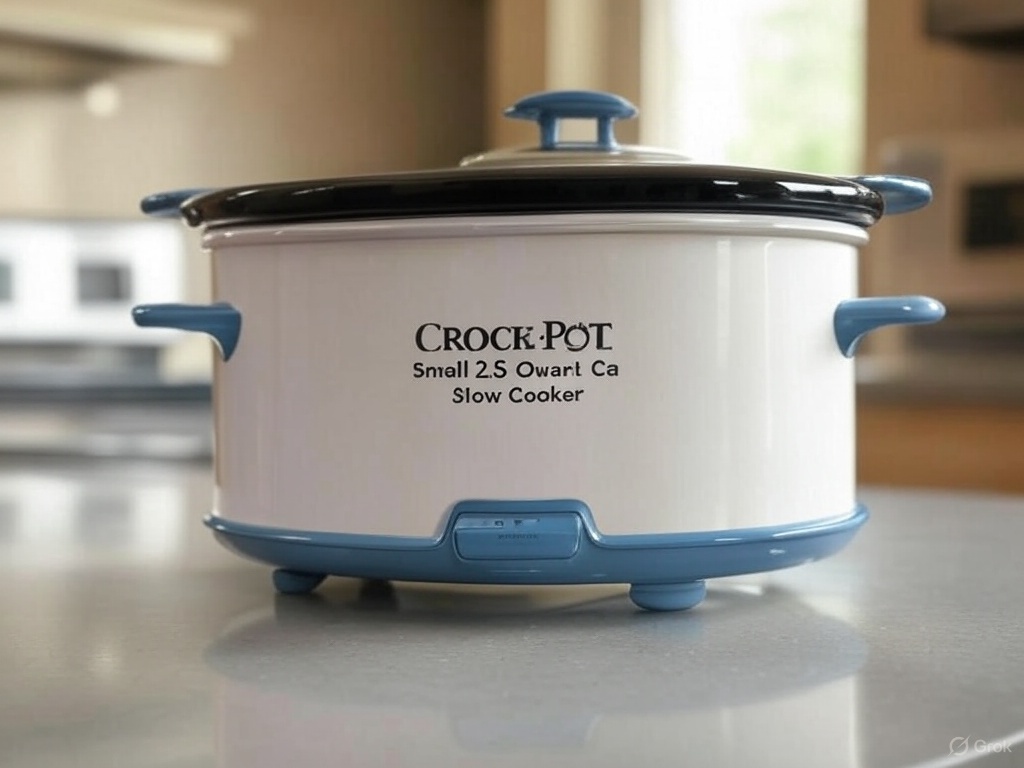
From Frugal to Fabulous
The crockpot doesn’t just cook—it redefines what’s possible with affordable cuts. A lamb shank that might’ve been dismissed as too chewy becomes a fall-off-the-bone delicacy in a slow-cooked stew. A beef round, often relegated to the discount bin, turns into a savory roast that rivals pricier alternatives. This alchemy isn’t just practical; it’s empowering, proving that great meals don’t require a big budget or fancy techniques.
So, next time you’re at the butcher counter, skip the premium steaks and grab a tough cut instead. With a crockpot in your corner, you’re not just saving money—you’re crafting something terrific. From tough to tender, frugal to fabulous, the slow cooker proves that the best things in life (and dinner) are worth the wait.
Let me know if you’d like me to adjust the tone, add more details, or refine anything!
FAQs
1. What are “tough cuts” of meat?
Answer: Tough cuts refer to meat from the more exercised parts of an animal, like the shoulder, legs, or neck. Examples include beef chuck, pork shoulder, brisket, and lamb shanks. They’re tougher due to higher amounts of connective tissue and collagen but are packed with flavor when cooked properly.
2. Why are tough cuts cheaper than other meats?
Answer: Tough cuts are less expensive because they’re not as tender or versatile for quick cooking methods like grilling. They require longer preparation, which makes them less popular for fast meals, driving down demand and price compared to cuts like steaks or chops.
3. How does a crockpot make tough meat tender?
Answer: A crockpot cooks meat at a low temperature (around 190°F to 210°F) for several hours. This slow process breaks down collagen in the meat into gelatin, softening the texture and making it tender while enhancing flavor.
4. Can I use a crockpot for expensive cuts of meat too?
Answer: Yes, but it’s not always ideal. Expensive cuts like filet mignon or ribeye are naturally tender and can overcook or lose their texture in a crockpot. It’s best suited for tougher, budget-friendly cuts that benefit from slow cooking.
5. How long does it take to cook tough cuts in a crockpot?
Answer: Cooking times vary, but most tough cuts take 6-8 hours on low or 3-4 hours on high. Larger cuts like brisket or pork shoulder might need up to 10 hours on low for maximum tenderness.
6. Do I need to add a lot of liquid to the crockpot?
Answer: No, just a small amount—about 1-2 cups of broth, water, or wine—is usually enough. Tough cuts release their own juices during cooking, so too much liquid can dilute the flavor.
7. Should I sear the meat before putting it in the crockpot?
Answer: Searing is optional but recommended. Browning the meat in a skillet first creates a flavorful crust through the Maillard reaction, adding depth to the final dish. If you’re short on time, you can skip it.
8. Can I cook vegetables with the meat in a crockpot?
Answer: Yes! Place root vegetables like potatoes or carrots at the bottom of the crockpot, where they’ll absorb juices, and add softer veggies like peas or spinach near the end to avoid overcooking.
9. What’s the biggest advantage of using a crockpot for tough cuts?
Answer: The biggest advantage is its ability to transform inexpensive, tough meat into tender, flavorful meals with minimal effort. It saves money, time, and delivers restaurant-quality results at home.
10. Can I leave the crockpot on all day without worrying?
Answer: Yes, most modern crockpots are designed for safe, unattended use. Cooking on low for 8-10 hours is common and safe, but always follow your model’s instructions and avoid overfilling to ensure proper heat distribution.

